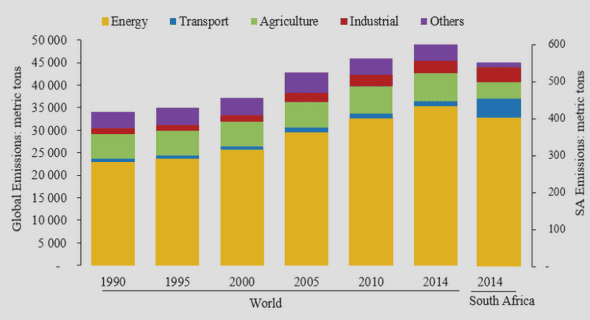(Downloads - 0)
For more info about our services contact : help@bestpfe.com
Table of contents
Abstract
1 – Introduction
1.1 – RNA Silencing: Definition, History & Key factors
1.2 – RISC: the main actor for RNA silencing
1.2.1 – Argonaute proteins
1.2.2 – Small RNAs
1.3 – Modes of action
1.3.1 – Transcriptional gene silencing
1.3.2 – Post transcriptional gene silencing
1.4 – RNAi as an Antiviral Response
1.4-1 – Actors of the antiviral RNA silencing
1.4.2 – Viral suppressors of RNA silencing
1.5 – Presentation of the objectives of the thesis
1.5.1 – Dicer-independent small RNAs
1.5.2 – The RNaseIII family
1.5.3 – Functions of plant RNaseIII
2 – Materials and Methods
2 .1 – Plants and viruses
2.1.1 – Plant material
2.1.2 – Plant transformation
2.1.3 – Virus and Bacterial inoculation
2 .2 – Plasmid constructs
2.2.1 – RTL1 and RTL2 tag fusion
2.2.2 – RNaseIII mutation
2.2.3 – DRB deletion
2.2.5 – amiR-RTL1
2.3 – DNA, RNA and protein analysis
2.3.1 – RNA extraction and Northern analyses
2.3.2 – RT reactions
2.3.3 – Protein extractions and immunoblotting
2.3.4 – GUS enzymatic activity test
3 – Results
3.1 – RTL1
3.1.1 – Induction and suppression of RTL1 by viruses (article)
3.1.2 – Supplementary Results
3.2 – RTL2
3.2.1 – RTL2 enhances the accumulation of 21- and 24-nt siRNAs
3.2.2 – Mutations in the RTL2 RNaseIII domain mostly affect the accumulation of 24-nt siRNAs
3.2.3 – The second DRB domain is required for RTL2 activity
3.3 – Epistatic relationship between RTL1 and RTL2
4- Discussion
4.1 – RTL1
4.2 – RTL2
5 – Possibilities for future research
5.1 – Short-term goals
5.1.1 – RTL specificity
5.1.2 – RTL1 localization
5.1.3 – Complimentary viral trails with RTL1
5.1.4- RTL2 overexpression in dcl mutants
5.2 – Long term goals
5.2.1- Functional studies of other RTLs
5.2.2 – RTL interactions with other proteins/RNAs
6 – References


